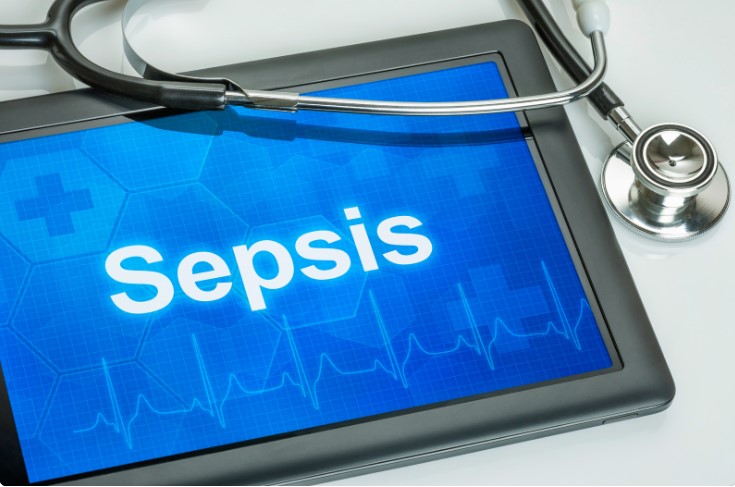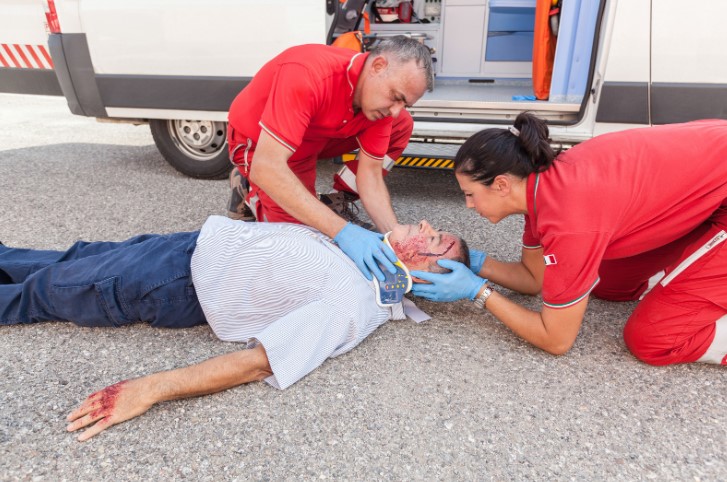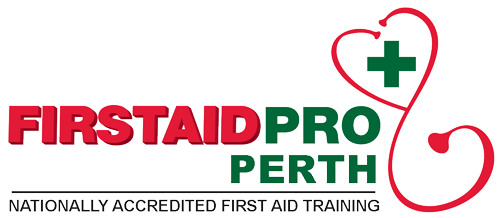Hypothermia vs Heatstroke: Hypothermia and heat stroke are two extreme but equally concerning states of temperature loss or gain in the body. When these happen, the body can no longer regulate its core temperature within the normal range. Temperature is the biggest difference between the two.
Taking a first aid course will help you learn more about these conditions and know the sign and symptoms of each to take preventative measures.
What Is Hypothermia?
Hypothermia is a condition that occurs upon exposure to cold temperatures or a wet and windy environment for a long amount of time. Getting drenched in the rain and not drying off immediately is a common example of a situation leading to hypothermia. It may also occur if you are not wearing enough layers of clothing on a cold, windy day.
Signs and symptoms of hypothermia may include:
- Shivering
- Slurred speech or mumbling
- Slow, shallow breathing
- Weak pulse
- Lack of coordination
- Drowsiness or low energy
- Sudden confusion or memory loss
- Loss of consciousness
- For infants – bright red, cold skin
Several complications are associated with temperature loss, including frostbite or coma. The symptoms often begin gradually, so the person usually isn’t aware of their condition.
What Is Heat Stroke?
Heat stroke is the most serious heat-related illness that occurs when the body temperature rises rapidly. When this happens, the sweating mechanism fails, and the body cannot cool itself down. For heatstroke or hyperthermia, the body’s core temperature can rise to106°F or higher within 10 to 15 minutes.
Signs and symptoms of heat stroke may include:
- High body temperature
- Skin hot and dry to the touch
- Flushed skin
- Racing heart rate
- Rapid breathing
- Headache
- Dizziness and confusion
- Nausea and vomiting
- Altered mental state or behaviour
Heatstroke is most likely to affect the elderly, people with high blood pressure, and those who work in hot environments. It can cause permanent disability or death if the person does not receive immediate emergency treatment.
First Aid For Hypothermia
Take these steps immediately if you suspect someone has hypothermia.
- Call triple zero (000) or your local emergency number and ask for medical assistance.
- While waiting, gently move the person out of the cold. If going indoors is not an option, protect them from the wind, especially in their neck and head area.
- Remove any wet clothing and replace it with warm, dry coats or blankets.
- Provide further warmth by applying dry compresses to certain body areas, including the neck, chest, and groin. Use hot water bottles or hot packs if available.
- Begin CPR if the person shows no signs of life, such as breathing, coughing, or any movement.
First Aid For Heat Stroke
Take the following first aid steps to treat a person suspected of heat stroke.
- Call triple zero (000) for emergency medical care and stay with the person until EMS arrives on the scene.
- Move the person to a shaded, cool area and remove any outer clothing made of thick materials.
- Cool the person down by putting them in cold water or an ice bath. Alternatively, you can wet the skin directly or place cold, wet clothing or ice on the head, neck, armpits, and groin.
- While waiting for medical help to arrive, monitor the person’s level of response and temperature levels. If the temperature increases, help them cool down using the same method.
- If the person becomes unresponsive at any point, follow the ABC of first aid – open the airway, check for breathing, and prepare to administer CPR.
Get Trained
Preventative measures can be taken to prevent hypothermia and heat stroke. Knowing the symptoms and regularly monitoring your temperature levels can prevent the progression of these conditions.
Learning first aid can also help you learn about staying safe in extreme temperatures.
Now that you are prepared in case of hypo- or hyper- thermia, you will know what to do when the intense temperature affects the health of others, including yourself.
Enrol in a first aid course today with The First Aid Course Canberra.








